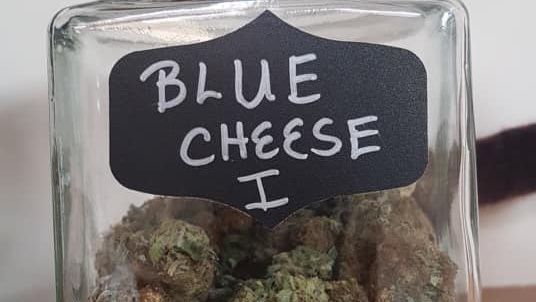What’s in a Name? Forget the Strain Name

Blue Dream, Purple Haze, Girl Scout Cookies, Red Headed Stranger, Acapulco Gold, Fruity Pebbles or Pineapple Express… all classic strain names and all of them meaningless.
“Strain names are absolutely misleading with considerable variation in the same cannabinoid content among different specimens of the same strain. You can get the same color and the same smell, but actually levels of the THC and CBD and some of the other compounds could be quite different,” says Robin Marles, Ph.D., chair of the U.S. Pharmacopeia (USP) Botanical Dietary Supplements and Herbal Medicines Expert Committee.
USP has assembled an expert panel of clinicians, scientists and industry representatives from around the world to provide necessary information and guidance on critical quality attributes, including recommendations for naming , all laid out in an article in the Journal of Natural Products, Cannabis Inflorescence for Medical Purposes: USP Considerations for Quality Attributes.
“USP recommendations are entirely focused on the inflorescence of the cannabis plant, popularly known as the flower or ‘the bud.’ And as with any plant product, the first challenge was to determine how to classify the various varieties and subtypes that are currently in use.” said Ikhlas Khan, Ph.D., USP’s Cannabis Expert Panel chair.
USP has elected to recognize cannabis as a single plant species, Cannabis sativa L., with different varieties or subtypes that can then be classified based on their THC and CBD content. The expert panel provided guidance for organizing the plant material into three “chemotype” categories: THC-dominant, CBD-dominant, or intermediate varieties that contain physiologically meaningful levels of both – intending to give prescribers or consumers greater clarity about what substances they are using.
In order to properly identify and quantify these cannabis varieties, USP’s expert panel recommended the use of science-based analytical procedures for the industry to employ. This entails the use of high-performance liquid chromatography (HPLC) and gas chromatography (GC) to separate and quantify not just THC and CBD, but also 11 other cannabinoids that are less studied, but may also have an impact on the effect of cannabis products.
USP has also looked at the composition of terpenes, which are largely responsible for the flavor and odor of cannabis. They identified five different terpenes that are especially abundant in cannabis that could also help with classification: myrcene, limonene, terpinolene, pinene and caryophyllene. Terpenes may form the basis for further subcategorization of cannabis chemotypes to establish the impact of these substances on the pharmacological effects of cannabis products when used in clinical practice.
“Naming cannabis varieties based on detailed profiles of cannabinoid and terpene content can also help guide prescribers and help ensure that patients are consistently receiving the cannabis varieties that they intended,” said Nandu Sarma, Director, Dietary Supplements and Herbal Medicines at USP.
420 Intel is Your Source for Marijuana News
420 Intel Canada is your leading news source for the Canadian cannabis industry. Get the latest updates on Canadian cannabis stocks and developments on how Canada continues to be a major player in the worldwide recreational and medical cannabis industry.
420 Intel Canada is the Canadian Industry news outlet that will keep you updated on how these Canadian developments in recreational and medical marijuana will impact the country and the world. Our commitment is to bring you the most important cannabis news stories from across Canada every day of the week.
Marijuana industry news is a constant endeavor with new developments each day. For marijuana news across the True North, 420 Intel Canada promises to bring you quality, Canadian, cannabis industry news.
You can get 420 Intel news delivered directly to your inbox by signing up for our daily marijuana news, ensuring you’re always kept up to date on the ever-changing cannabis industry. To stay even better informed about marijuana legalization news follow us on Twitter, Facebook and LinkedIn.




